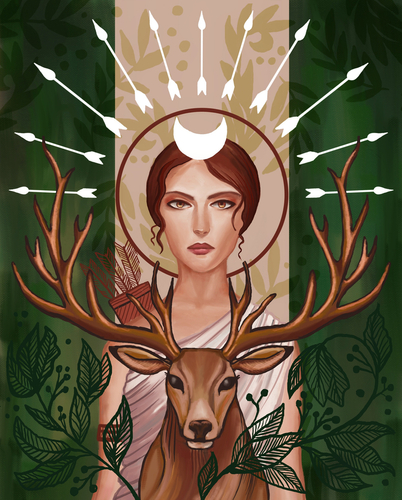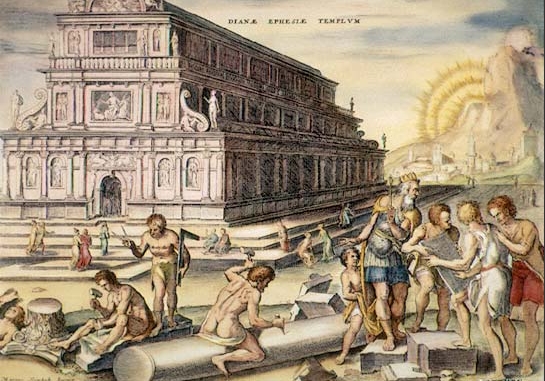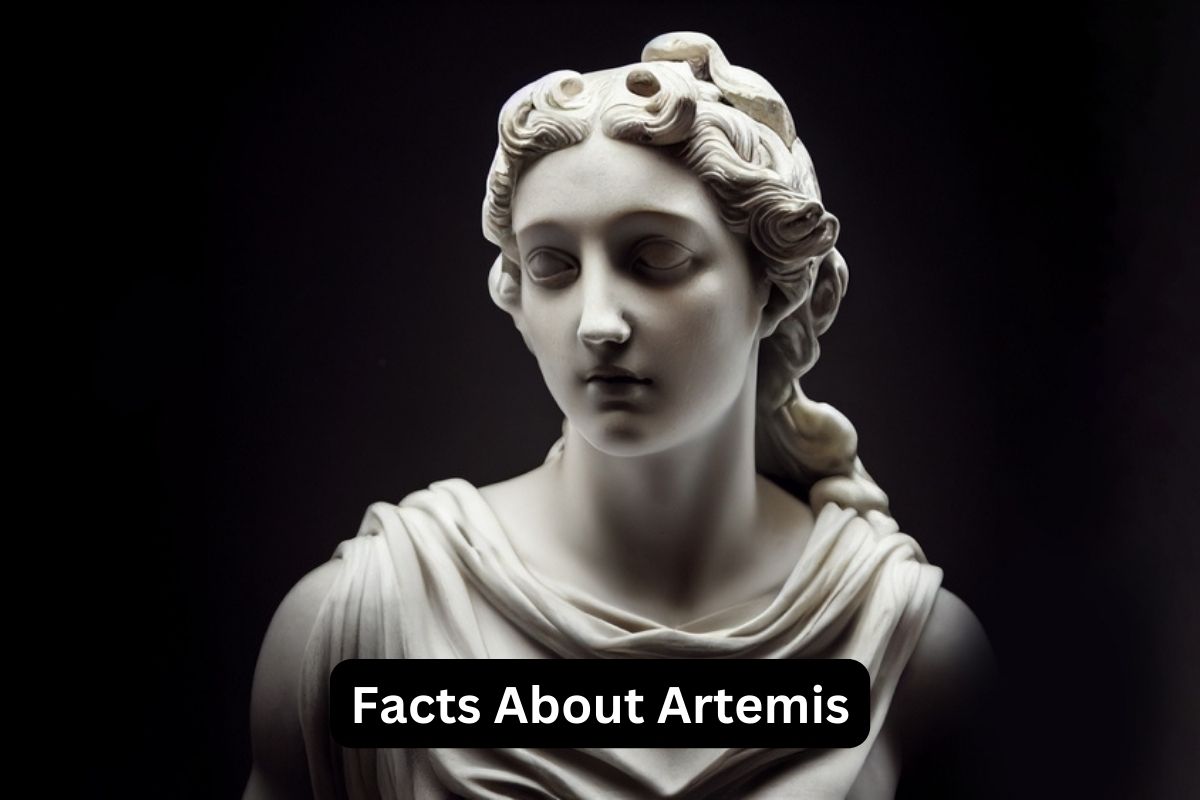Artemis, a major figure in Greek mythology, is known as the goddess of the hunt, wilderness, and wild animals. As the twin sister of Apollo, she holds a significant place among the twelve Olympian gods and goddesses.
With her vow of eternal virginity, she exemplifies independence and devotion to her role. Artemis is associated with a bow and arrow, symbolizing her exceptional hunting skills, and is often depicted with a crescent moon, representing her connection to the lunar cycle.
She is also revered as the patron goddess of the Amazons and holds the distinction of being a protector of childbirth and infants.
Throughout ancient Greece, numerous festivals were held in her honor, showcasing her wide-ranging influence and importance in Greek mythology and religion.
Artemis Facts
1. Greek goddess
Artemis is a prominent figure in Greek mythology and is considered one of the twelve Olympian gods and goddesses. She belongs to the second generation of gods, known as the Olympians, who ruled over the cosmos.

2. Goddess of the hunt
Artemis is primarily known as the goddess of the hunt, emphasizing her connection to the wilderness, wild animals, and the act of hunting itself.
Also Read: Facts About Ares
She is often depicted carrying a silver bow and arrows, symbolizing her skill and prowess as a hunter. Artemis was believed to be a protector of nature and the animal kingdom.
3. Twin sister of Apollo
Artemis is the twin sister of Apollo, another significant deity in Greek mythology. According to the myth, Artemis was born just before her brother on the island of Delos.
Also Read: Apollo Facts
As twins, they share a close bond and have many similarities, but also distinct roles and domains. While Artemis embodies the wild and natural world, Apollo represents more refined aspects such as music, prophecy, and healing.
4. Virgin goddess
Artemis is one of the virgin goddesses in Greek mythology, along with Athena and Hestia. She made a vow to remain a virgin for her entire life, dedicating herself to her role as the goddess of the hunt and protector of young girls. This aspect of her character highlighted her independence and fierce devotion to her chosen path.
5. Patron of Amazons
Artemis was regarded as the patron goddess of the Amazons, a legendary tribe of warrior women. The Amazons admired and emulated Artemis’ strength, independence, and skill in battle.
They believed that she bestowed upon them the power and courage needed to excel in warfare. The Amazons held annual festivals in her honor and sought her protection in their endeavors.
6. Goddess of childbirth
In addition to her association with the hunt, Artemis was also revered as the goddess of childbirth and protector of infants. She was believed to bring comfort and aid to women during labor and ensure the safe delivery of newborns.
This aspect of her character demonstrated her nurturing side and her role in safeguarding the well-being of mothers and children. Artemis’ domain over childbirth further emphasized her connection to women’s experiences and the circle of life.

7. Temple of Artemis at Ephesus
The Temple of Artemis at Ephesus was a magnificent ancient Greek temple dedicated to Artemis. Located in Ephesus, an ancient city in present-day Turkey, the temple was one of the Seven Wonders of the Ancient World.
It was a grand structure adorned with intricate sculptures and artwork, attracting pilgrims and visitors from far and wide. The temple was a focal point of worship for Artemis and a symbol of her significance in the ancient world.
8. Associated with a bow and arrow
Artemis is commonly depicted carrying a bow and arrows, which are her signature attributes. The bow and arrows symbolize her skill as a huntress and her ability to strike her targets with precision. These weapons reflect her connection to the wilderness, her role as a protector, and her mastery over the hunt.
9. Symbolized by the crescent moon
Artemis is often associated with the crescent moon, which is depicted either on her forehead or as a crown. The crescent moon is a potent symbol of femininity and the natural cycles of the moon.
It represents Artemis’ connection to the night, the moonlit hunt, and her role as a lunar goddess. The moon’s phases mirror her own mythical association with birth, growth, and transformation.
10. Celebrated in various festivals
Artemis was widely worshipped throughout ancient Greece, and several festivals were held in her honor. One notable festival was the Artemisia, celebrated every four years in her birthplace, Delos. This festival included athletic competitions, musical performances, processions, and sacrifices dedicated to Artemis.
Other cities and regions had their own local festivals and rituals dedicated to the goddess, demonstrating the widespread reverence for Artemis and her importance in Greek religious life.
